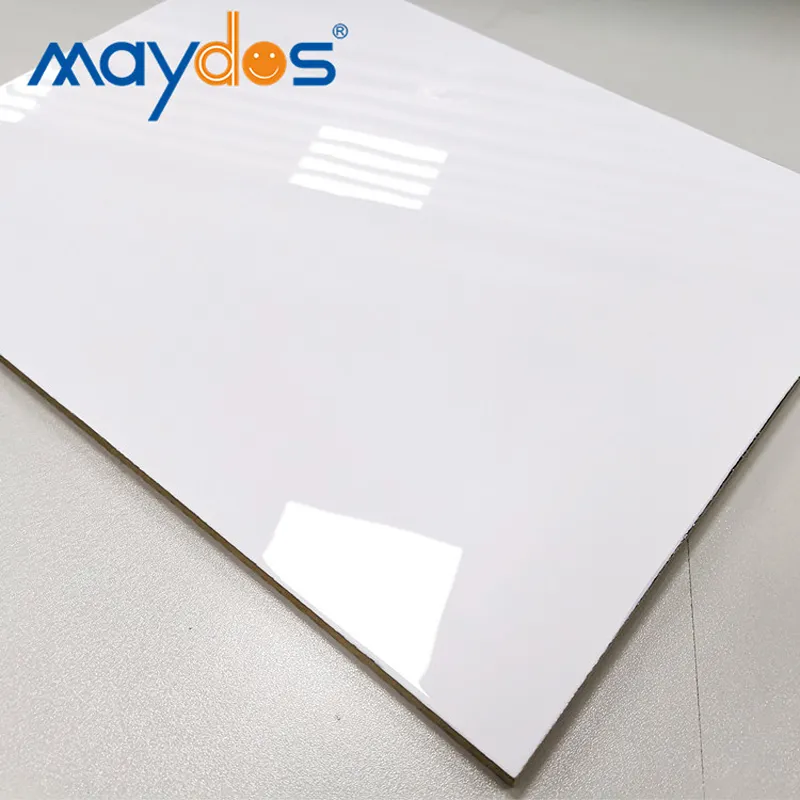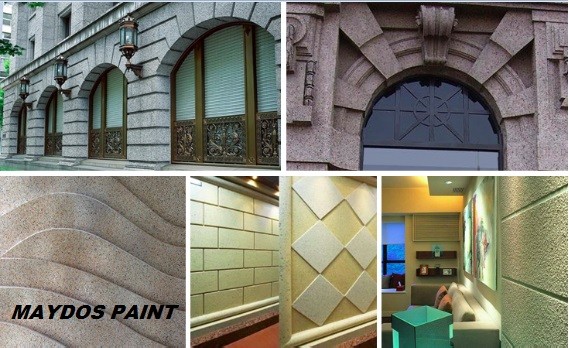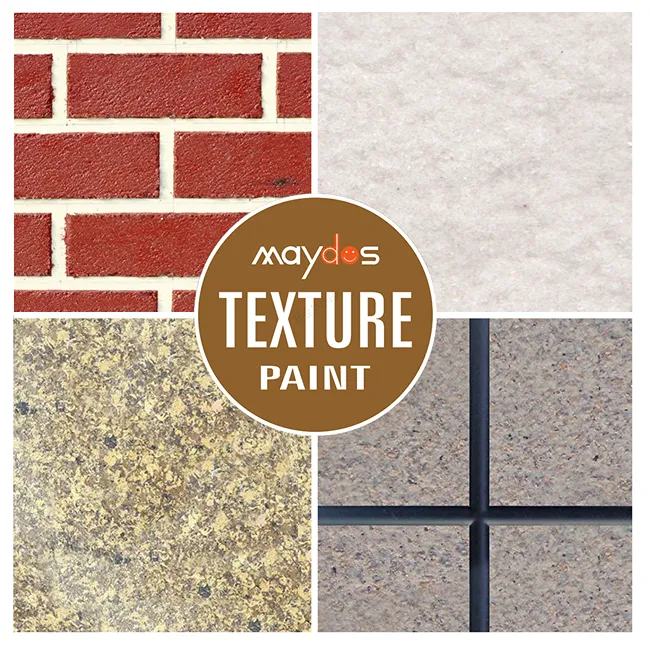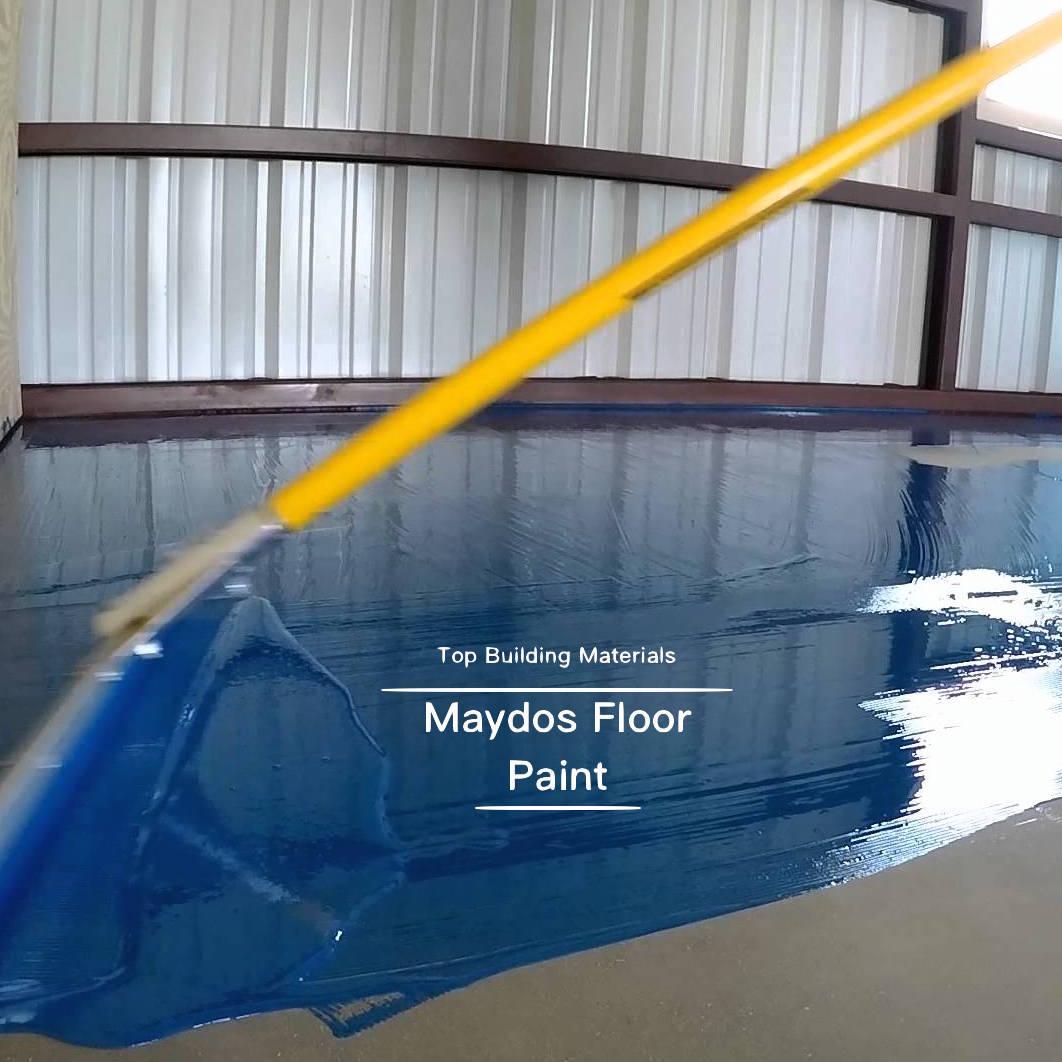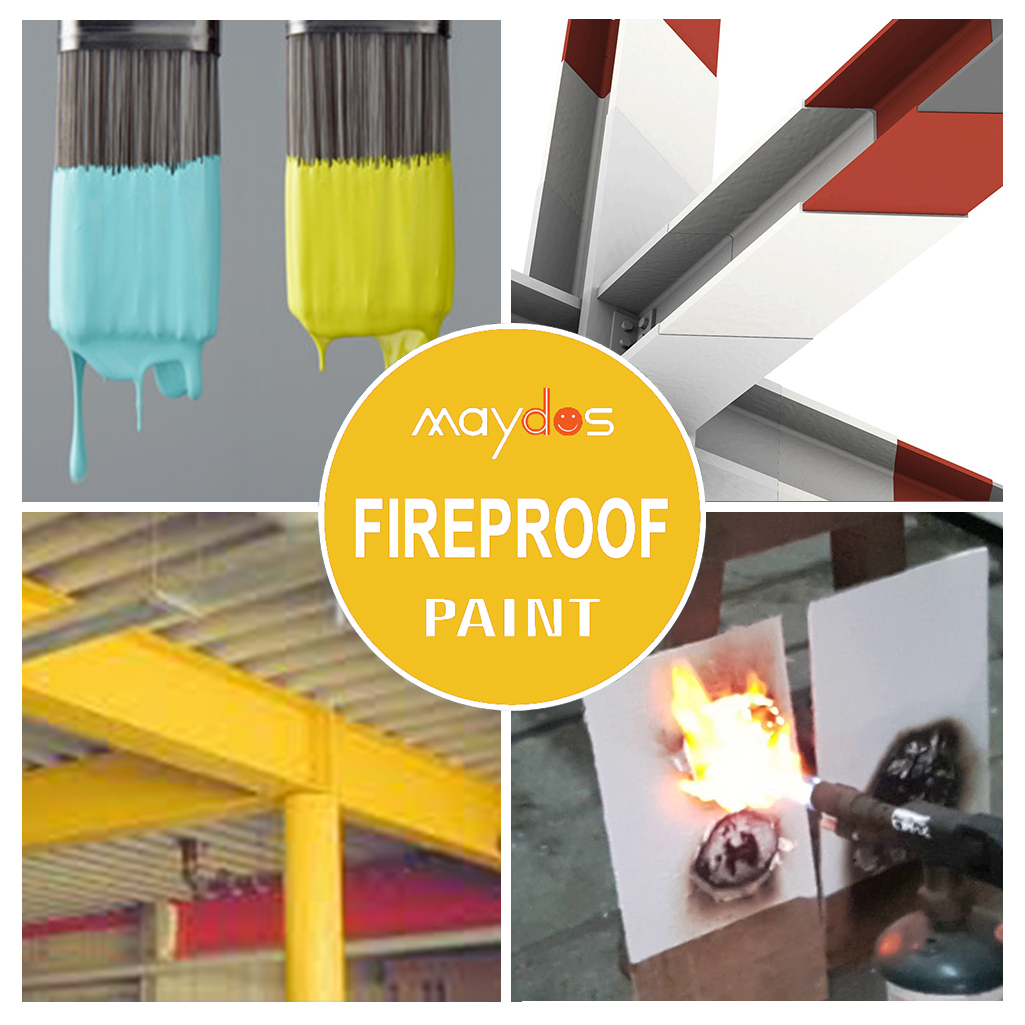paints coatings
The process of creating paints and coatings involves adding various ingredients to the raw materials. These additives improve the properties of the paint and coatings, including ease of brushing, scuff and mould resistance, drying and sag resistance, and more. Additives are measured either by weight in scales or by volume in calibrated vats. Electronic scales are used to weigh bulk batches of ingredients. This process allows for a high degree of accuracy, with a tolerance of +/ 5 kg in 20,000 kg batch size. Floor scales are also used to weigh small quantities.
Water-based paints
The benefits of using water-based paints and coatings are numerous. For instance, they have lower drying times than oil-based paints, making them ideal for low-thickness applications. The thin film of water-based paint allows it to be applied in a controlled environment, which allows the paint to dry quickly. In addition, water-based paints and coatings are more environmentally friendly, which reduces the need for cyclical redecoration and maintenance.
As the world becomes increasingly environmentally conscious, more people are looking to use water-based paints and coatings for their projects. Fortunately, water-based paints are available in a wide range of colours. You can choose your own corporate or aesthetic colour palette, meet building regulations, or simply choose the most sustainable option for your specific project. Water-based paints also offer a host of other benefits.
The use of water-based paints and coatings has also made the process of manufacturing them safer and more efficient. Micro-encapsulated biocides have a wide range of potential applications and reduce the environmental impact of water-based paints and coatings. These paints are safer to use than traditional solvent-borne paints, and their environmental benefits are often far outweighed by the cost of pollution control. They are ideal for use on exterior and interior surfaces.
Due to the benefits of water-based paints and coatings, they are an environmentally-friendly alternative to oil-based products. Urethanes offer superior chemical resistance, stain and corrosion resistance, and good gloss. Urethanes can also be applied to surfaces with very little heat, which helps them last longer. There are numerous disadvantages, however. A few disadvantages of water-based paints and coatings include the following:
Emulsions
When polymer materials are mixed with water in an aqueous solution, the resulting fluid has a higher viscosity than a monomer, creating an emulsion. The polymer itself has a limited shelf life, but exposure to sunlight can change the colloidal state and cause it to lose its favorable properties. As a result, the composition and properties of emulsions are critical.
Water-based emulsions are a type of paint with small, polymer particles that bind together and form a film on the wall. These paints are widely used for interiors and exteriors. They are made up of a combination of pigments and polymers. Pigments are added to create different hues, including white and yellow. Other materials include carbon black and chromium oxide.
An emulsion contains three main components: an emulsifier, a pigment, and a coagulant. When the mixture dries, the surfactants tend to collect at the air/paint interface, leaving the surface of the paint film heavily charged with surfactants. This accumulation can negatively affect the adhesion of subsequent materials. The emulsion film can also contain small amounts of pigments and polymers.
In addition to painting, emulsions have many other uses. They are used for primer and top coats, and they produce a streak-free finish. They also dry quickly, but you should be careful to choose the one that best matches the exterior of your building. Emulsions can also be used as an undercoat on wood. However, you should not mix distemper with emulsion paint if you intend to use it as an interior paint.
Another type of emulsion is a hydrophilic mixture. The monomer molecules are in a droplet-like state, which allows for a high degree of polymerization. This results in a dispersion of 50-60% solid polymer particles in a water-based matrix. The resulting material is ready-to-use, and can also be spray-dried. Emulsions are considered waterborne systems because they contain water.
Lacquers
Lacquers are a type of finish for paints and other materials. These products dry through evaporation of the solvent. The solvent used in lacquer formulations is an organic compound, often called acrylic resin. They are a hard polymer based on anhydride groups. These substances are often used in paints, varnishes, primers, and other coatings. Generally, lacquer contains a minimum of 2% acrylic resin and at least 80% acetone.
Extender pigments
In paints and coatings, extenders are a class of white minerals and inorganic pigments that are transparent in organic binder films. These materials are also known as inert pigments, mineral earths, or inert pigments. By definition, a mineral is a naturally occurring, solid substance with a homogeneous chemical composition and characteristic crystalline structure. The name ‘extender’ originates from the early use of these materials as a part replacement for prime colouring pigments.
While the use of extender pigments may seem to be minor, their impact on the performance of pigmented coatings is considerable. Extender pigments are available in a variety of properties and are often not understood by formulators. However, a skilled application of these compounds can greatly improve the finished product. Let’s examine their properties and how they work. Let’s examine some of the most common types and their applications.
Extender pigments are a class of low-cost pigments that are added to paints or coatings to modify their texture, sheen, and flow properties. Many extenders are natural but some are synthetic. Examples include silica, diatomaceous silica, talc, and calcium carbonate. Extender pigments contribute to low costs while delivering a high quality finish.
Another type of extender pigments is calcium carbonate, which is widely used in interior house paints. Its benefits include reducing the chalking rate and increasing colour retention. This ingredient is alkaline, so it should be used with caution when mixing paints with acid-catalyzed baked melamine polyester resin systems. It will neutralize the catalyst, so be cautious when using this ingredient.
Additives
This report analyzes the global Amine Additives in Paints and Coatings Market using both top-down and bottom-up approaches. Using the top-down approach, it estimates the market size for a single company, while the bottom-up approach measures the market size by region, type segment, and application. The analysis involves qualitative and quantitative analysis, as well as data triangulation. The research aims to understand the market and provide valuable recommendations to companies.
Peptides are proteins with a specific amino acid sequence. These short, non-catalytic proteins have unique structures and play important roles in biological processes. These bioengineered proteins may also be used in paints and coatings. Two companies have identified promising candidates in this category. This article outlines the main benefits of these bioengineered products. Further, it provides an introduction to the field of bioengineering.
There are many types of additives that can be used in paint. The main categories are wetting agents and dispersing agents. They include aromatic ethoxylates, polyether amines, and soya lecithin derivatives. Coupling agents are substances that encourage adhesion between different materials, both organic and inorganic. They help in the dispersion of fillers and improve coatings’ UV resistance.
Various kinds of additives are used in paints and coatings to provide specific properties to the finished product. Some are used to enhance the performance of the coating by lowering its surface tension. Others help the paint to adhere to the substrate and minimize surface defects. While they are not as common, they can greatly improve the performance of the final product. If they are applied in the right way, they can increase the lifespan of the product and add considerable value to the bottom line.








